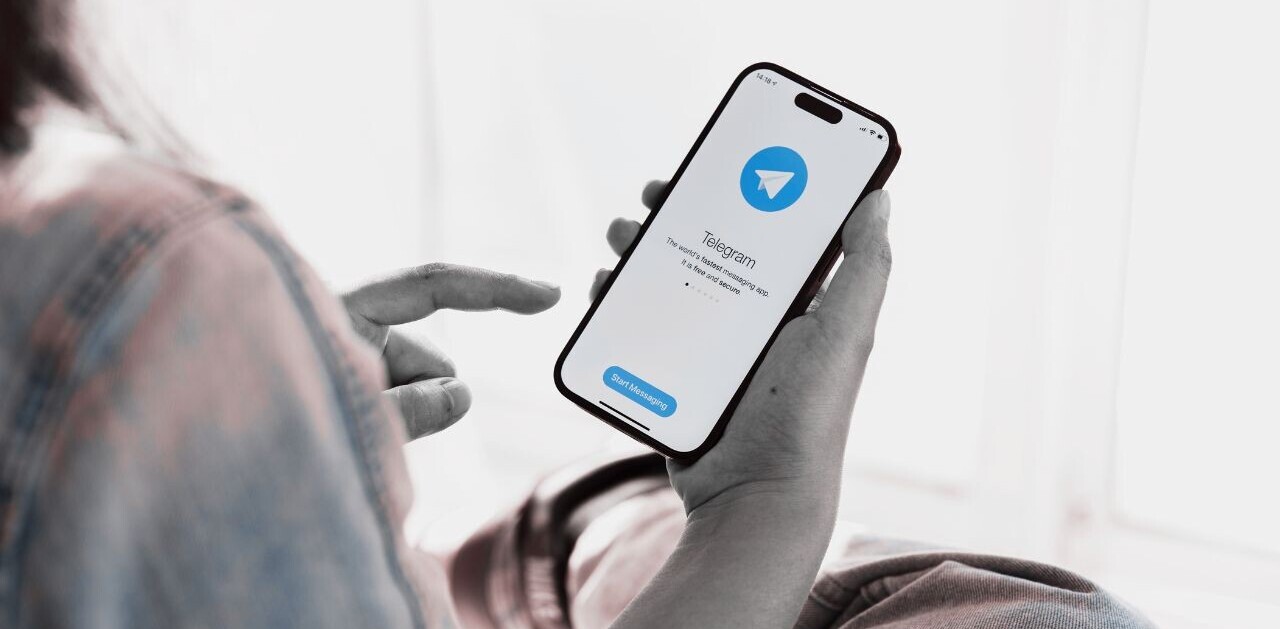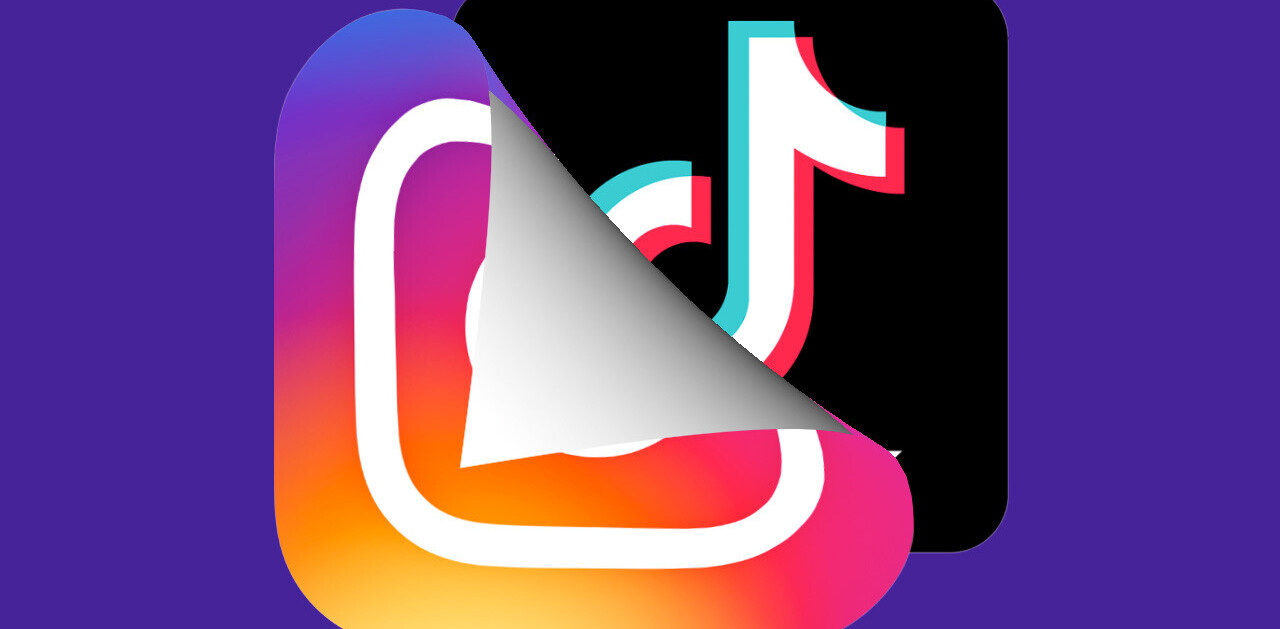
There has been some discussion online this week around the fact that Republican President candidate Newt Gingrich has been accused of paying for followers on Twitter, from a combination of being ‘followed’ by fake accounts, as well as being followed by a group of people who simply follow others as part of a system. While this is not being confirmed by Gingrich, it brings up an interesting question in the race for Likes and followers, of when a fan is actually a fan, and when they’re just a number contributing to a larger total. It will potentially force many brands to reassess their social media strategy and just how worth it is it to ‘buy’ fans.
You shouldn’t have to pay for friends
A tried and tested method on Facebook is to run ads directing to your Page, to build up Likes. This is nothing other than buying Likes, yet it doesn’t seem to draw anywhere near the same controversy as basically doing the same on Twitter. Essentially, you are paying for people to like you (both figuratively and literally), so can you really call them a fan at all? While they may well turn into loyal followers of your Page after clicking on an ad, these fans will always be different to the ones that found you organically – that joined your Page because they had a genuine interest in your brand or because their friends Like your page.
If you stood in a bar giving out money for people to have a free drink with you, you could hardly count these people as friends. The chances are they’re probably sticking around for more free drinks. This is similar to the quality of fans you might get for running a Page that is purely competition focused. They might like the chance of free stuff, a lot more than they like you. When you think about it in this way, it might be wrong to call these acquired fans – fans at all.
The value of a fan
The question that regularly does the rounds has popped up again, and is explored by comScore in its recent ‘Power of Like‘ report. The report, which was released to announce the new comScore social media measurement tool, looks at how much a Like is worth to a brand. Rather than looking at it in terms of media value, propensity to purchase etc., it answers this question by looking at the number of friends someone has. The more friends you have, the more value you provide to a brand as when you take actions on the Page, these will be ‘broadcast’ to a larger number of people. It also looks at the value in presence in a newsfeed as opposed to the fanpage:
The findings are interesting and take a different approach to measuring brand value than we’ve seen before. It also forces brands to look more at how their fans are engaging beyond the initial Like, in order to really determine the value they’re bringing. Of course, many brands will be resistant to this, as the number of ‘Likes’ has been the primary factor of success for so many brand fan pages.
Beyond looking at the value of a ‘Like’ it’s also necessary to look at the value of a follower on Twitter. Here, the same thinking applies of looking at the number of followers they have themselves, to determine the value they’re bringing. You also have other unique metrics that apply to Twitter, as communities are more public, so you can look at the number of retweets you’re getting instantly, or the number of retweets a particular follower is getting, to see how influential they are within their own community. But all of this only applies to all your fans/followers up to a point. It’s becoming necessary to look at how the paid vs organic followers and fans are giving you value. If a fan is worth investing in, how are they interacting with you that justifies this spend? At the moment this is largely an unknown for many brands, as it’s difficult to split down your Page by those fans that found you naturally and those that you paid for.
We need to understand now
 As Twitter introduces promoted tweets into the newstream, it’s important for brands and marketers to understand this now. Given that you now have the option with Twitter to pay to reach your own consumers, we need to understand whether there is actually value in this. While you could view a Twitter or Facebook ad as a necessary way to reach those genuinely interested consumers in a crowded space, you can also view as buying a certain type of fan. i.e. Those that aren’t really fans at all. Until we develop a clear understanding of how these two different fan types are driving value, we risk buying numbers for the sake of it. Much more advanced analytics are needed within the social platforms themselves in order to be able to determine this than is currently available and many brands are flying blind. The cynics might suggest that it is within these social network’s own interest to keep this information private for fear of brands pulling ad spend if the results are less than satisfactory, but that’s not for me to say…
As Twitter introduces promoted tweets into the newstream, it’s important for brands and marketers to understand this now. Given that you now have the option with Twitter to pay to reach your own consumers, we need to understand whether there is actually value in this. While you could view a Twitter or Facebook ad as a necessary way to reach those genuinely interested consumers in a crowded space, you can also view as buying a certain type of fan. i.e. Those that aren’t really fans at all. Until we develop a clear understanding of how these two different fan types are driving value, we risk buying numbers for the sake of it. Much more advanced analytics are needed within the social platforms themselves in order to be able to determine this than is currently available and many brands are flying blind. The cynics might suggest that it is within these social network’s own interest to keep this information private for fear of brands pulling ad spend if the results are less than satisfactory, but that’s not for me to say…
Numbers =success (for some)
Gingrich has brought this obsession with numbers and followers to the forefront and in doing so, regardless of whether his were gamed or not, has raised a valuable question for brands. If you purely want to show people that you are popular by being able to reference a number on your account, then in many ways it is worth the investment that brands make, whether through transparent means such as Facebook ads or through the more dark art of gaming your Twitter account. Regardless of what these fans actually do, for many brands and individuals, numbers = success because they need to be seen to be popular and followed. This is a shortsighted approach of course, but for many this is the extend of the social media strategy, with little thought on how social platforms can actually be used to achieve something good. There is clear difference here between a number and a fan, follower or a friend that a staggeringly large amount of people still don’t understand. A number is not necessarily a fan, though they may be so in name and the long-term implication of this misunderstanding are yet to be seen, as social media for brands is still so new.
Get the TNW newsletter
Get the most important tech news in your inbox each week.






